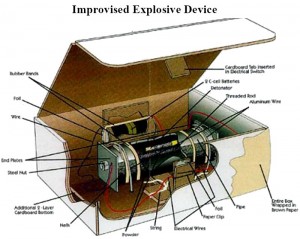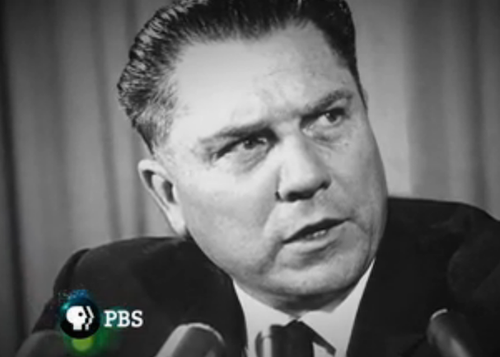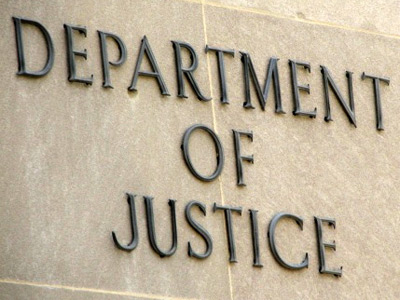William “Bill” Harris is a nationally certified paramedic and decorated special operations combat medic with multiple overseas deployments. He now works for the U.S. State Department preparing government personnel for overseas assignments. Joshua P. Bobko is an Assistant Professor of Emergency Medicine at Loma Linda Medical Center, and a tactical physician with various law enforcement teams. He is a national authority on high-threat civilian medicine and has authored the landmark papers on pediatric casualty care and the civilian First Care Provider.
By William H. Harris and Joshua P. Bobko, MD
Words are powerful. We all know the pen is mightier than the sword, but what if we told you that one word trumps all other words in a terrorist attack or active shooter situation? That one word, “landslide,” sends elite military units and experienced SWAT teams scrambling out of a building and headed for cover, even as innocents remain in danger.
“Landslide” in law enforcement speak is a code word for the presence of an improvised explosive device, better known as an IED. Landslide is used to notify all members of a law enforcement team to immediately stop what they are doing and get out. A Landslide call can be made by anyone on a team and often goes out verbally in lieu of using radios for fear of inadvertently triggering an IED.
In the wake of the recent San Bernardino terrorist attack, which killed 14 people, it has become evident that Syed Rizwan Farook and Tashfeen Malik intended to use IEDs, along with firearms, to inflict a higher casualty rate. Although IEDs are most often associated with the conflicts in Iraq and Afghanistan, the use of IEDs in domestic attacks is by no means a new phenomenon. IEDs were used in the Columbine High School shooting, the Aurora Colorado theater shooting, Columbia (Maryland) mall shooting, and the Boston Marathon bombing. Fortunately, in many of these horrific attacks, like the one in San Bernardino, the IEDs did not detonate. The reason for IEDs not detonating can be attributed to a number of factors, including, but not limited to, things not going as planned, inexperience in bomb making, and luck.
Another plausible explanation for the IEDs failure to detonate in San Bernardino is the IEDs used by the terrorists may not have been intended for the employees. Instead, the IEDs may have been intended to kill the first responders, law enforcement, fire and emergency medical services personnel. But some how, the attackers weren’t able to detonate the IEDs by the time the responders arrived.
“Baiting” responders is a tactic commonly used by terrorists in Iraq and Afghanistan against our troops. Terrorists plant smaller IEDs with the intent of damaging and disabling vehicles, causing a convoy to stop and provide the terrorists an opportunity to detonate a larger IED in a target rich environment filled with multiple vehicles and a much larger number of troops. Often times, the troops killed and injured by the larger IED are the protection force and medics treating the initial casualties from the smaller IED.
The military tactics perfected by terrorists in the battlefields of Iraq and Afghanistan are now coming home to be used against civilian and domestic law enforcement agencies. These aggressive and deadly tactics are causing domestic law enforcement agencies to adapt at a rapid rate.
For instance, mobile threats preclude domestic law enforcement agencies from being able to cordon off and setup a perimeter around a situation. Instead, law enforcement personnel run toward the sound of gunfire in hopes of minimizing civilian casualties. Negotiations have taken a backseat to stopping active shooters as quickly as possible. Terrorists use our innate goodness and desire to help one another against us.
This changing threat places first responders on the frontline of a new conflict, one we know all too well from facing it on the other side of the world. This conflict may lead to increasing numbers of causalities in our communities and first responders.
The Dec. 2, 2015 attacks are a reminder that we need to be prepared that the wartime tactics are coming home and of the importance of the term “Landslide.”






